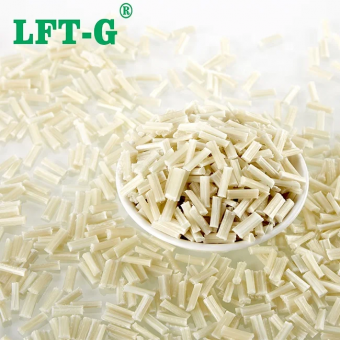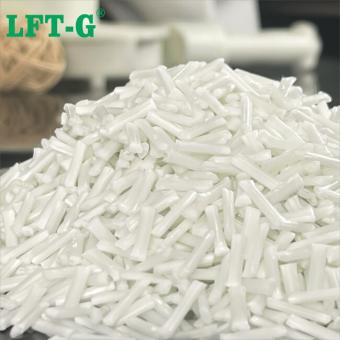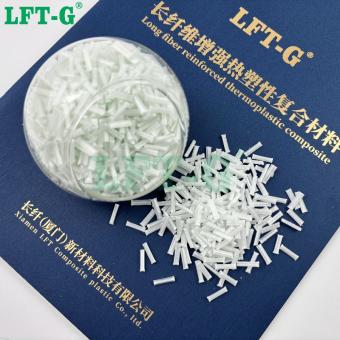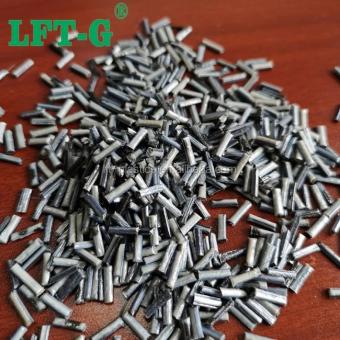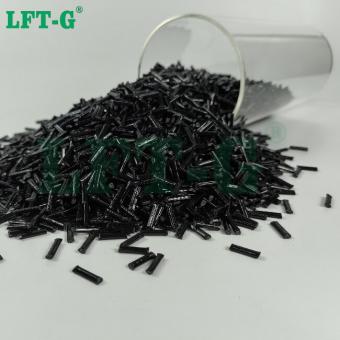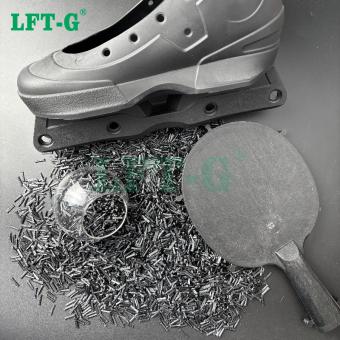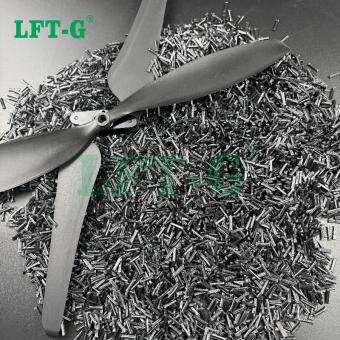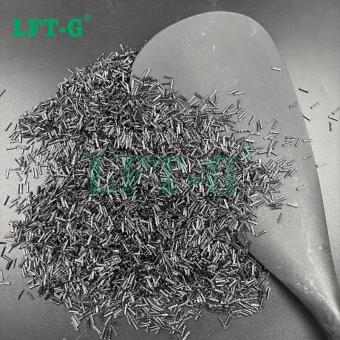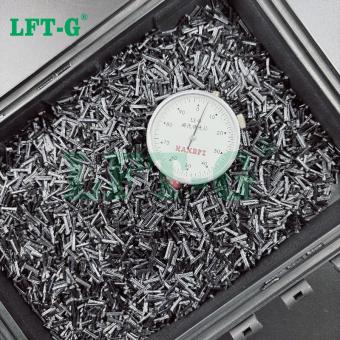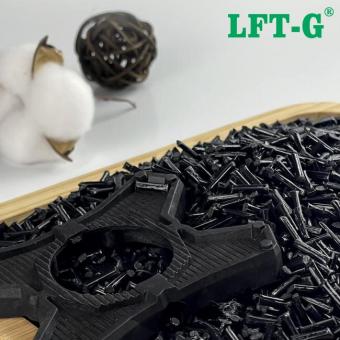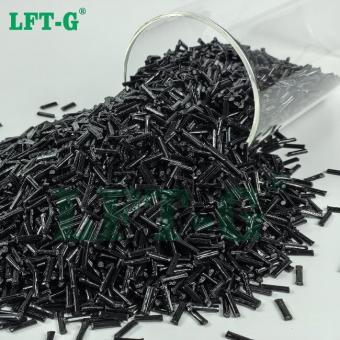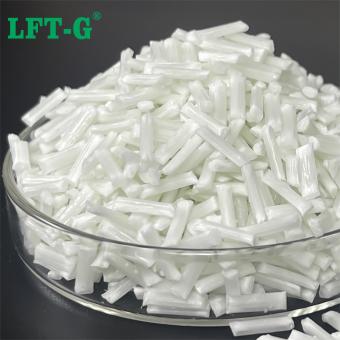-
Nylon 6,6 Composite Pellets with 20-60% Long Glass Fiber ContentPA66 long glass fiber reinforced material offers excellent mechanical strength, high thermal stability, and outstanding dimensional stability, making it ideal for demanding structural applications. It is widely used in automotive, electrical, and industrial components where durability and precision are critical.
- glass fiber
- pa66 material
- glass fibre reinforced polyamide
- polyamide polymers
- density polyamide
- nylon fiber properties
Tags :
-
Nylon 6 Composite Pellets with 20-60% Long Glass Fiber ContentLong glass fiber reinforced PA6 offers high mechanical strength, excellent heat resistance, and superior dimensional stability for demanding engineering applications. The addition of long glass fibers significantly enhances its stiffness and durability compared to unfilled PA6.
- nylon gf
- nylon 6 reinforced
- fiber glass stakes
- glass fiber manufacturer
- fiber glass companies
- pa6 datasheet
Tags :
-
PP Composite Pellets with 20-60% Long Glass Fiber ContentLong glass fiber reinforced PP offers excellent impact resistance, lightweight strength, and dimensional stability, making it ideal for structural and automotive parts. The integration of long glass fibers greatly improves mechanical performance compared to standard polypropylene.view more
-
LFT Polyetheretherketone Long Carbon Fiber Filled CompositesPEEK long carbon fiber reinforced material delivers exceptional mechanical strength, high temperature resistance, and superior dimensional stability, even under extreme conditions. The addition of long carbon fibers significantly boosts its stiffness and fatigue resistance, making it ideal for aerospace, automotive, and medical applications.
- peek polyetheretherketone
- peek fiber
- carbon fibre peek
- carbon filled peek
- peek carbon fiber filament
- peek carbon fibre
Tags :
-
LFT Polylactide Long Carbon Fiber Filled CompositesPLA long carbon fiber reinforced material offers lightweight strength, excellent stiffness, and biodegradability, making it ideal for sustainable structural applications. The integration of long carbon fibers significantly enhances its mechanical performance compared to pure PLA.
- carbon fiber pla
- carbon fiber pla strength
- carbon fiber pla filament
- carbon fiber frameset
- carbon fiber bicycle
- carbon fiber rollator
Tags :
-
LFT Polyphenylene Sulfide Long Carbon Fiber filled CompositesLong carbon fiber reinforced PPS provides exceptional thermal stability, superior chemical resistance, and excellent dimensional precision. It is well-suited for high-performance applications in automotive, electronics, and aerospace industries.
- carbon fiber application
- polyphenylene sulfide resin
- polyphenylene sulfide plastic
- polyphenylene sulfide applications
- polyphenylene sulfide sheet
- carbon fiber handlebars
Tags :
-
LFT Nylon Polyamide 1,2 Long Carbon Fiber filled CompositesLong carbon fiber reinforced PA12 offers excellent mechanical strength and outstanding chemical resistance, making it ideal for demanding industrial applications. Its enhanced stiffness and lightweight properties improve overall performance and durability.
- carbon fiber nylon filament
- 3d printing nylon carbon fiber
- pa 12 nylon
- nylon 12 manufacturers
- nylon 12 cf
- nylon 12 properties
Tags :
-
LFT Nylon Polyamide 6,6 Long Carbon Fiber filled CompositesPA66 long carbon fiber composite offers high strength, excellent dimensional stability, and superior thermal resistance, making it ideal for demanding structural applications. It is widely used in automotive, electronics, and industrial components where lightweight performance is critical.view more
-
LFT Nylon Polyamide 6 Long Carbon Fiber filled CompositesWidely used in automotive, electronics, and industrial equipment applications, this material can replace certain metal components to achieve both weight reduction and performance enhancement while offering excellent heat and chemical resistance to meet various demanding conditions.view more
-
LFT Copolymer Polypropylene Long Carbon Fiber filled CompositesThe modified polypropylene material reinforced by carbon fiber has a series of advantages, such as light weight, high modulus, high specific strength, low coefficient of thermal expansion, high temperature resistance, heat shock resistance, corrosion resistance, good vibration absorption, etc., and can be applied to auto parts such as automobile sub-instrument assembly.
- pp copolymer
- pp random copolymer
- polypropylene block copolymer
- PP cabon fiber
- carbon fiber crutches
Tags :
-
LFT Homopolymer Polypropylene Long Carbon Fiber filled CompositesThe modified PP reinforced by carbon fiber has a series of advantages, such as light weight, high modulus, high specific strength, low coefficient of thermal expansion, high temperature resistance, heat shock resistance, corrosion resistance, good vibration absorption, etc., and can be applied to auto parts such as automobile sub-instrument assembly.view more
-
LFT MXD6 Polyamide New Materials Long Glass Fiber filled CompositesMXD6 long glass fiber reinforced material offers excellent mechanical strength, dimensional stability, and outstanding gas barrier properties. It is ideal for applications requiring high stiffness, heat resistance, and reduced permeability, such as automotive components, electronics, and industrial parts.
- mxd6 polyamide
- nylon mxd6
- pa mxd6 gf50
- glass fiber reinforced composites
- glass fiber reinforced polymer rebar
- glass fiber reinforced concrete panel
Tags :

 e-mail
e-mail English
English français
français Deutsch
Deutsch русский
русский italiano
italiano español
español português
português العربية
العربية 日本語
日本語 한국의
한국의 中文
中文












